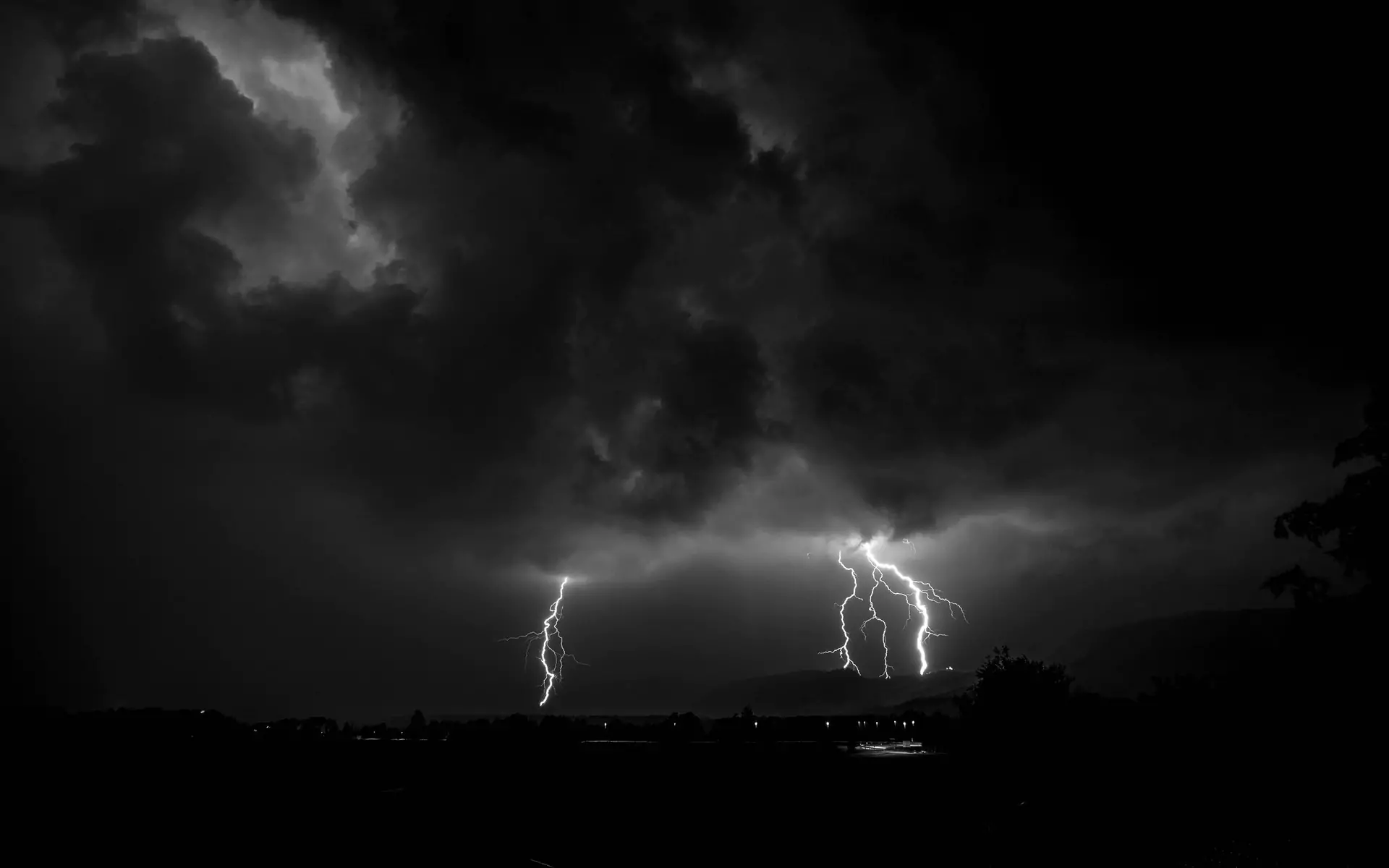Countries almost the world invest in weather research, thinking that the dividends of accurate forecasts will far outweigh the costs. The more industrialized nations of North America, Europe, Asia, and Australasia have put together highly advanced weather services. Other nations with a big stake in weather include South Africa and China. Saudi Arabia has also invested heavily in weather forecasting research in hopes of increasing the amount of arable land.
The Earth's weather is determined by a huge, interconnected, interrelated system. Therefore, accurate observation and prediction demands international cooperation. As weather systems charge (or meander) around the world, forecasting in 1 region is dependent on knowing current conditions in adjacent regions.
In recognition of the need to work together, the World Meteorological Organization (WMO) was created. The WMO has been one of the world's most successful and fruitful international organizations. Member nations have been maintaining contact and sharing weather information since the early 1950s. This level of cooperation has given forecasters daily access to a huge global weather database.
Other factors that are improving daily forecasts include an improved understanding of the physics involved, real-time information gathered from weather satellites, and computing power that has grown to handle mathematical simulations of complex weather system processes. The computerized study of weather systems has also been enhanced by a virtual tsunami of weather observations from reporting stations, satellites, aircraft and ships.
The amount of detail contained in a weather forecast depends on the range of the forecast--that is, how far into the future forecasters are attempting to gaze. Short-range forecasts cover 24 to 48 hours and are highly detailed. Medium-range forecasts look at conditions from 48 hours to 10 days ahead. They are more general, but still include temperature and precipitation estimates. Long-range forecasts covering from 10 days to up to 3 months usually confine themselves to predicting departures from average expectations.
Forecasts have become increasingly accurate, but there is an element of chaos in global weather. Current short-term forecasts have achieved accuracy rates up to 85 percent. As technology and knowledge continue to advance, we may begin to approach these accuracy standards in medium-term forecasts. But without any measure of weather control, long-term forecast accuracy may never be achieved.
